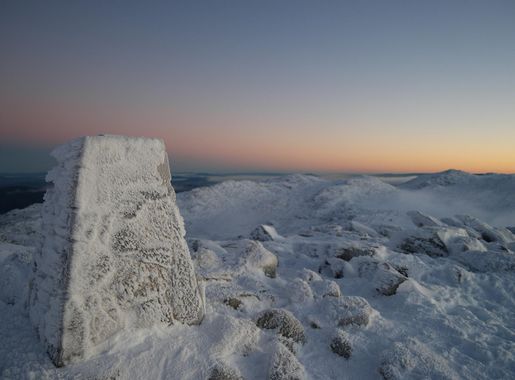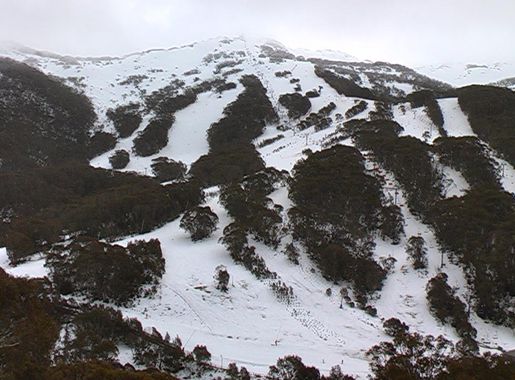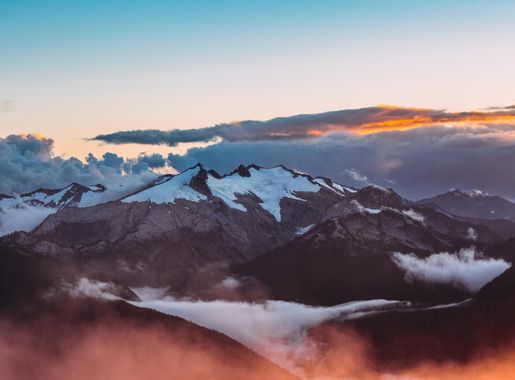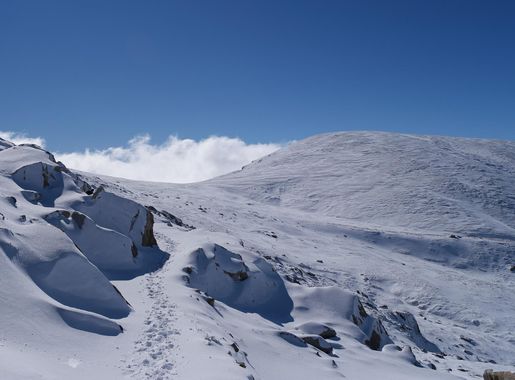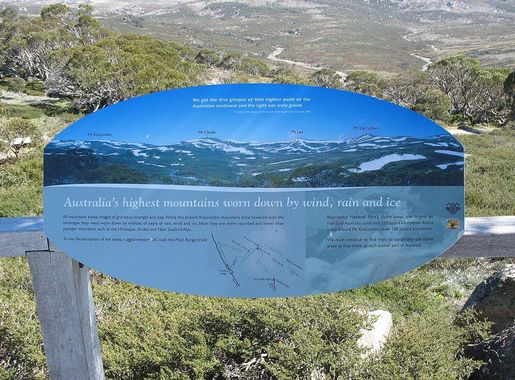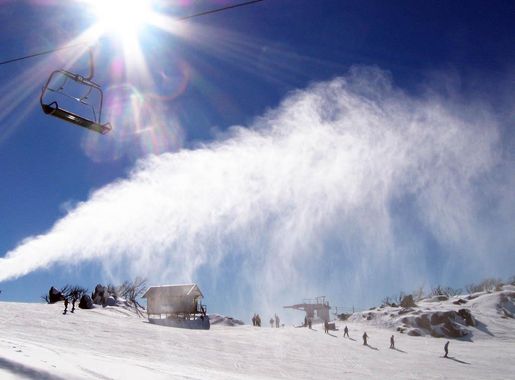
Kosciuszko National Park: Australia's Alpine Wonderland
Discover Kosciuszko National Park, Australia's highest peak and alpine wonderland, offering hiking, skiing, and cultural heritage in a stunning natural setting.
Kosciuszko National Park is a stunning natural reserve located in the Snowy Mountains region of New South Wales, Australia. The park is home to Mount Kosciuszko, the highest peak in Australia, and offers an array of outdoor activities for nature enthusiasts. Its diverse landscapes include alpine meadows, snow gum forests, and glacial lakes, making it a perfect destination for hiking, skiing, and wildlife spotting. Visitors can explore the park's numerous hiking trails, which range from easy walks to challenging multi-day treks. The Main Range Walk is particularly popular, offering breathtaking views of the rugged mountain terrain. During the winter months, the park transforms into a snowy paradise, attracting skiers and snowboarders to its slopes. Thredbo and Perisher are two of the most well-known ski resorts in the area, providing excellent facilities and a range of slopes for all skill levels. In addition to its natural beauty, Kosciuszko National Park is rich in cultural heritage. The area is significant to the Aboriginal people, and visitors can learn about their history and traditions through various interpretive displays and guided tours. The park also features historic huts built by early European settlers and graziers, offering a glimpse into the region's past. Whether you're looking for adventure, relaxation, or a bit of both, Kosciuszko National Park is a must-visit destination in Australia.
Local tips in Kosciuszko National Park
- Visit in summer for hiking and wildflower season, and winter for skiing and snowboarding.
- Pack layers and waterproof clothing, as weather can change quickly in alpine areas.
- Check for any park alerts or trail closures before heading out.
- Explore the historic huts for a unique glimpse into the region's past.
- Consider joining a guided tour to learn more about the Aboriginal cultural significance of the area.
Kosciuszko National Park: Australia's Alpine Wonderland
Kosciuszko National Park is a stunning natural reserve located in the Snowy Mountains region of New South Wales, Australia. The park is home to Mount Kosciuszko, the highest peak in Australia, and offers an array of outdoor activities for nature enthusiasts. Its diverse landscapes include alpine meadows, snow gum forests, and glacial lakes, making it a perfect destination for hiking, skiing, and wildlife spotting. Visitors can explore the park's numerous hiking trails, which range from easy walks to challenging multi-day treks. The Main Range Walk is particularly popular, offering breathtaking views of the rugged mountain terrain. During the winter months, the park transforms into a snowy paradise, attracting skiers and snowboarders to its slopes. Thredbo and Perisher are two of the most well-known ski resorts in the area, providing excellent facilities and a range of slopes for all skill levels. In addition to its natural beauty, Kosciuszko National Park is rich in cultural heritage. The area is significant to the Aboriginal people, and visitors can learn about their history and traditions through various interpretive displays and guided tours. The park also features historic huts built by early European settlers and graziers, offering a glimpse into the region's past. Whether you're looking for adventure, relaxation, or a bit of both, Kosciuszko National Park is a must-visit destination in Australia.
When is the best time to go to Kosciuszko National Park?
Iconic landmarks you can’t miss
Thredbo
Discover Thredbo, Australia’s premier ski resort, where thrilling winter sports meet stunning alpine landscapes in New South Wales’ breathtaking Snowy Mountains.
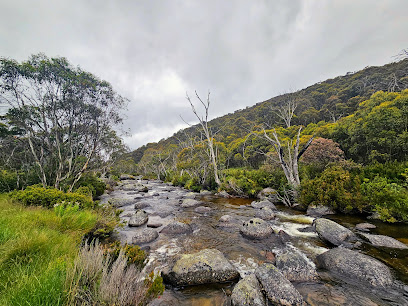
Kosciuszko Chairlift
Discover the breathtaking views and thrilling adventures at the Kosciuszko Chairlift in Thredbo, the highest chairlift in Australia.
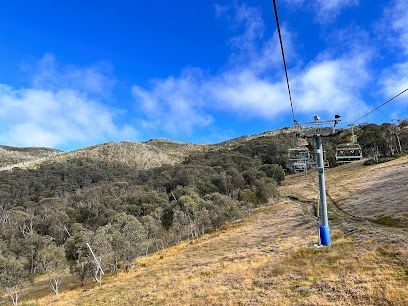
Mt Kosciuszko
Experience the breathtaking beauty and adventure of Mt Kosciuszko, Australia's highest peak, perfect for hikers and nature lovers alike.
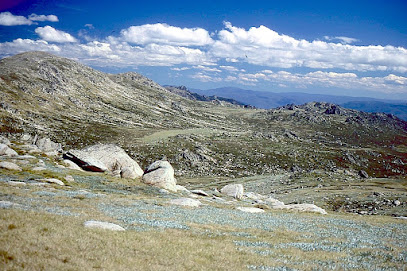
Yarrangobilly Caves Thermal Pool
Discover the rejuvenating warmth of Yarrangobilly Caves Thermal Pool in NSW's beautiful Snowy Mountains, a perfect blend of relaxation and natural beauty.
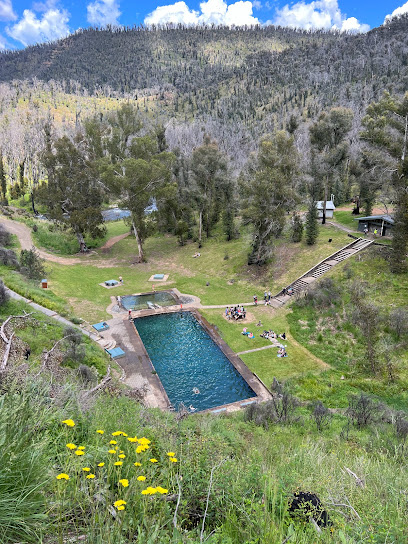
Mount Kosciuszko
Explore the majestic Mount Kosciuszko, Australia's highest peak, and immerse yourself in breathtaking landscapes and unforgettable hiking experiences.
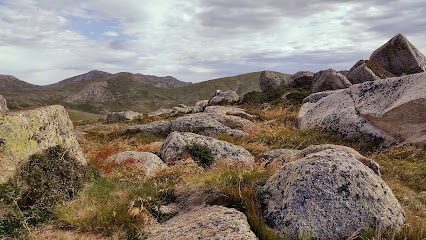
Mount Kosciuszko Summit walk (nr. Charlotte Pass)
Discover Australia's highest peak with the spectacular Mount Kosciuszko Summit walk, offering breathtaking views and diverse alpine beauty.
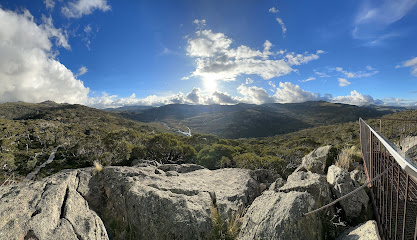
Yarrangobilly Caves Visitor Centre
Discover the stunning beauty and geological wonders of Yarrangobilly Caves Visitor Centre in the Snowy Mountains of New South Wales.
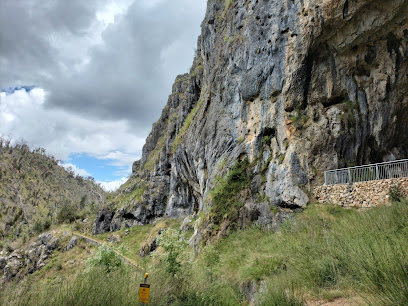
Kosciuszko Tourist Park
Discover the beauty of Jindabyne at Kosciuszko Tourist Park, your gateway to adventure in New South Wales' stunning Snowy Mountains.

Scammells Ridge Lookout
Experience the breathtaking vistas of Scammells Ridge Lookout, a must-visit destination in New South Wales for nature lovers and photographers alike.
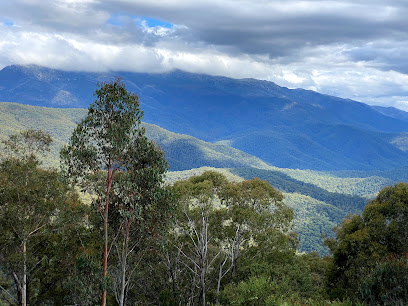
Thredbo Diggings campground
Experience the natural beauty of Thredbo Diggings Campground in Kosciuszko National Park, a perfect retreat for camping and outdoor adventures.
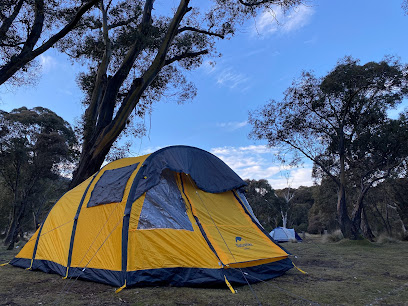
Kosciuszko lookout
Explore the breathtaking panorama of Kosciuszko Lookout, a scenic spot in Kosciuszko National Park that offers stunning views and rich natural beauty.
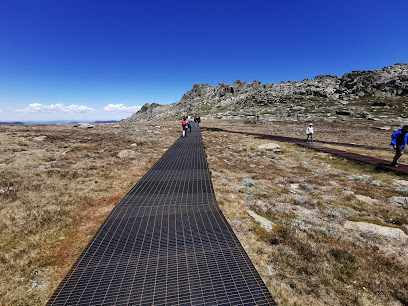
South Glory Cave
Discover the breathtaking beauty of South Glory Cave, a stunning natural wonder in Yarrangobilly, New South Wales, showcasing intricate formations and surrounded by scenic landscapes.
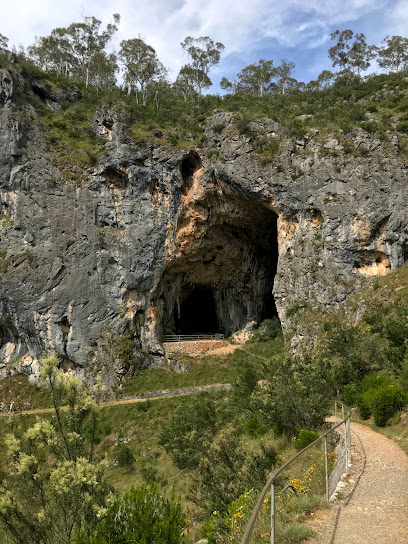
Pender Lea / Thredbo Valley Horse Risding
Experience the breathtaking beauty of Thredbo Valley on horseback, a perfect adventure for nature lovers and thrill-seekers alike.
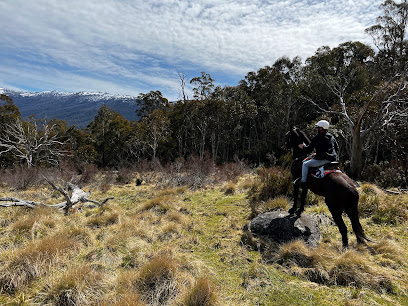
Banjo Paterson Park
Explore the serene beauty of Banjo Paterson Park in Jindabyne, New South Wales—a perfect blend of nature, recreation, and community spirit.

Kosciuszko Brewing Company
Experience the essence of the Snowy Mountains at Kosciuszko Brewing Company, where craft beer meets breathtaking scenery.
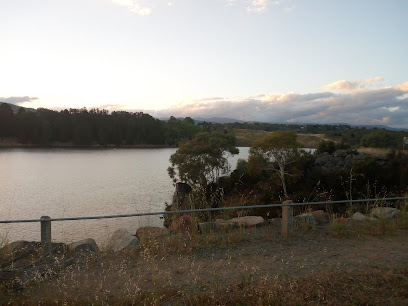
Unmissable attractions to see
Thredbo
Experience the thrill of skiing in winter and breathtaking hikes in summer at Thredbo, a premier resort town in Australia's Snowy Mountains.
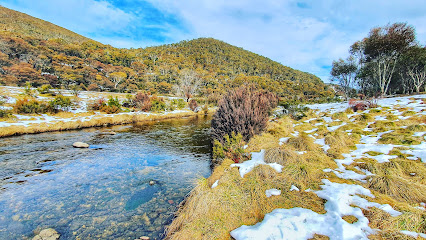
Mt Kosciuszko
Explore the breathtaking landscapes and exhilarating adventures at Mt Kosciuszko, Australia's highest peak and a must-visit natural wonder.
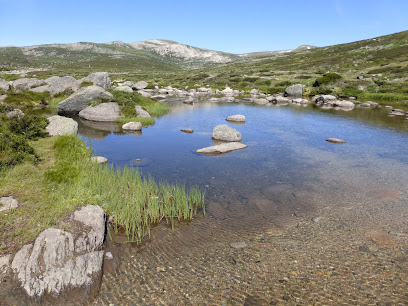
Yarrangobilly Caves Thermal Pool
Experience the rejuvenating warmth of Yarrangobilly Caves Thermal Pool, a hidden gem in New South Wales perfect for relaxation and adventure.
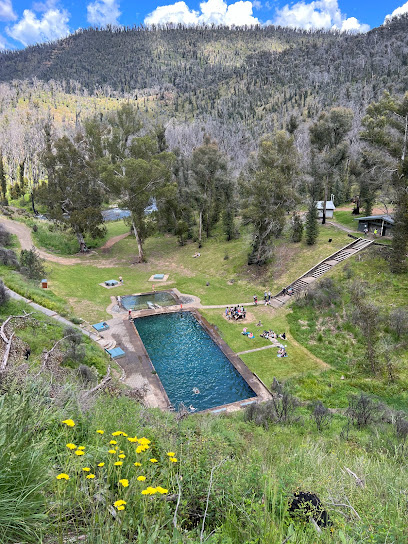
Paddys River Falls
Discover the breathtaking beauty of Paddys River Falls, a serene natural wonder in New South Wales that offers stunning views, picnic spots, and wildlife encounters.
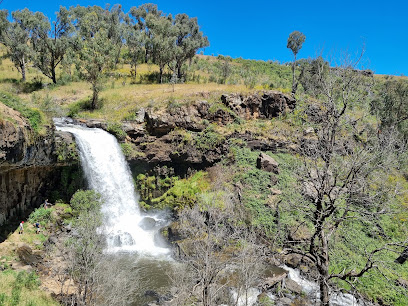
Mount Kosciuszko
Experience the breathtaking beauty of Mount Kosciuszko, Australia's highest peak, nestled in the stunning Kosciuszko National Park, perfect for hiking and nature lovers.
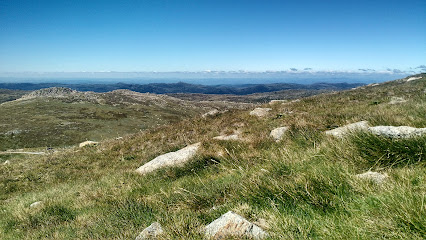
Mount Kosciuszko Summit walk (nr. Charlotte Pass)
Experience the breathtaking beauty of Mount Kosciuszko, Australia's highest peak, on a scenic summit walk through stunning alpine landscapes.
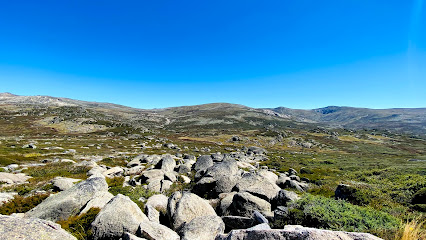
Yarrangobilly Caves Visitor Centre
Explore Yarrangobilly Caves Visitor Centre: Your gateway to the stunning caves, hiking trails, and natural thermal pools of New South Wales.

Scammells Ridge Lookout
Experience nature's grandeur at Scammells Ridge Lookout, a premier destination for breathtaking vistas and unforgettable moments in New South Wales.
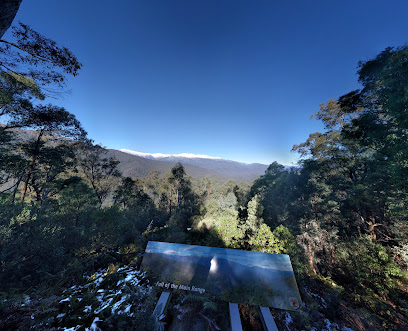
Kosciuszko lookout
Discover the stunning vistas of Kosciuszko Lookout, a breathtaking scenic spot in Australia’s beautiful Kosciuszko National Park.
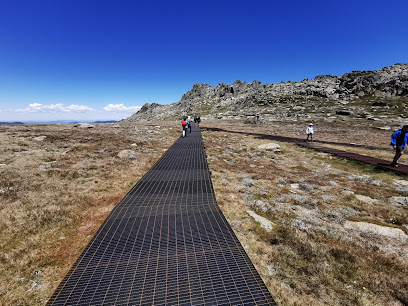
South Glory Cave
Discover the enchanting South Glory Cave in New South Wales, where stunning limestone formations and rich ecosystems await your exploration.
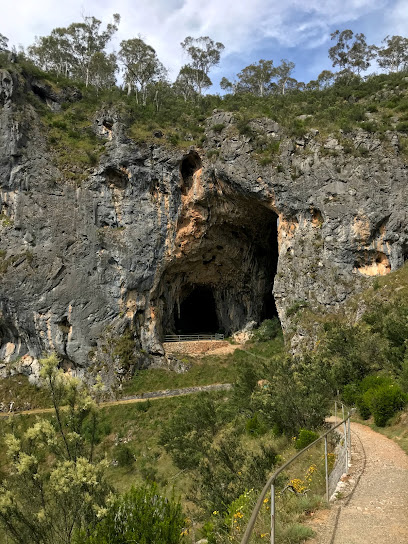
Kosciuszko Brewing Company
Discover locally crafted beers at Kosciuszko Brewing Company, where the taste of the Snowy Mountains comes to life in every sip.
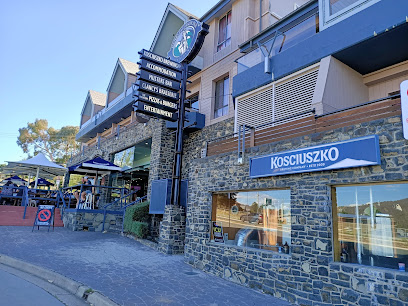
Charlotte Pass Boardwalk Lookout
Discover stunning vistas at Charlotte Pass Boardwalk Lookout, a premier destination in the Snowy Mountains for nature lovers and photographers.
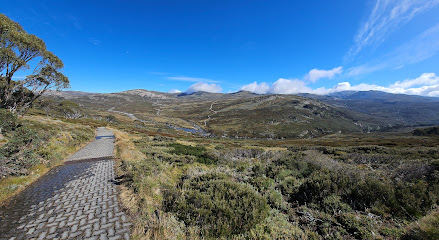
Geehi Picnic Area
Experience the natural beauty of Geehi Picnic Area in Kosciuszko National Park, a perfect spot for picnics, hiking, and wildlife watching in New South Wales.
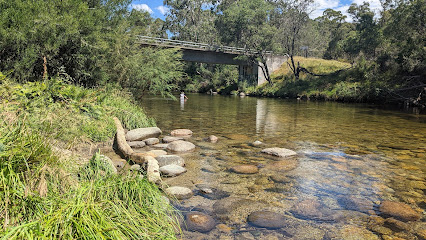
Cootapatamba Lookout
Experience the breathtaking beauty of Cootapatamba Lookout in the Australian Alps, a must-visit scenic spot for stunning views and unforgettable memories.
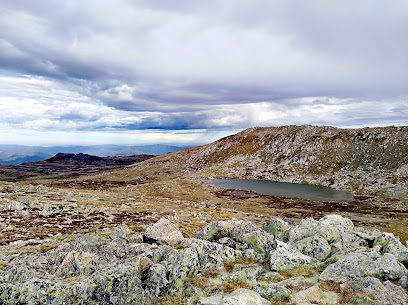
Jindabyne Dam
Explore the serene beauty of Jindabyne Dam, a perfect destination for outdoor adventures and nature escapes in New South Wales.
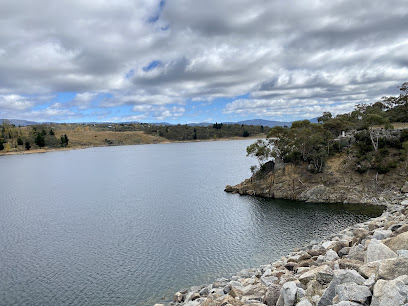
Essential places to dine
Banjo Paterson Inn
Experience comfort and charm at Banjo Paterson Inn in Jindabyne - your gateway to adventure in Australia's Snowy Mountains.

Takayama Restaurant Bar
Indulge in authentic Japanese flavors at Takayama Restaurant Bar in Jindabyne - where every dish tells a story.
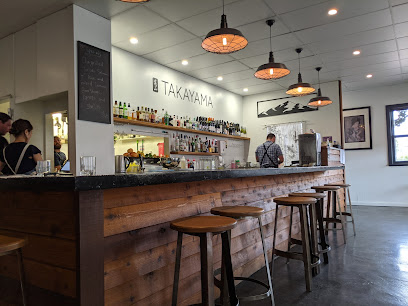
Cocina Taqueria
Discover the vibrant flavors of Mexico at Cocina Taqueria, where delicious food meets live music in Jindabyne.
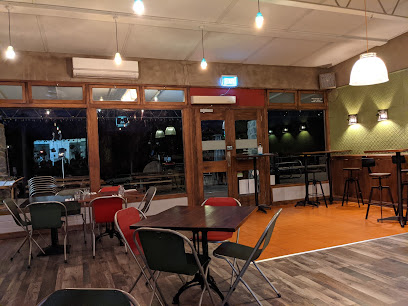
Merritts Mountain House
Discover family-friendly dining at Merritts Mountain House with breathtaking views atop Thredbo's slopes—perfect for adventurers seeking warmth and comfort.
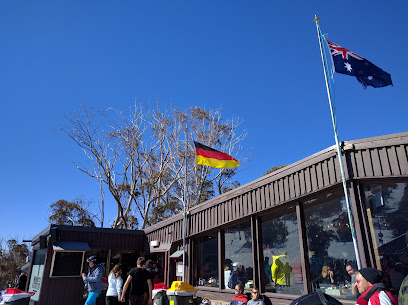
Eagles Nest Restaurant
Experience breathtaking views and exquisite dining at Eagles Nest Restaurant, Australia's highest culinary gem nestled in Thredbo.
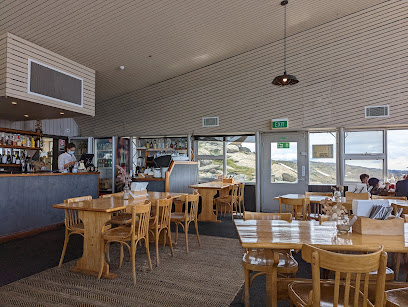
Thredbo Burger Bar
Savor gourmet burgers and local brews at Thredbo Burger Bar—your perfect post-adventure dining destination in Australia’s stunning alpine region.
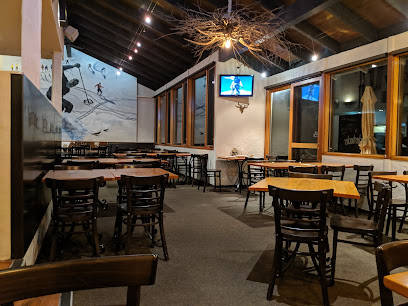
Jindabyne Emporium
Experience delicious burgers and local spirits at Jindabyne Emporium - your go-to dining spot in beautiful Jindabyne.
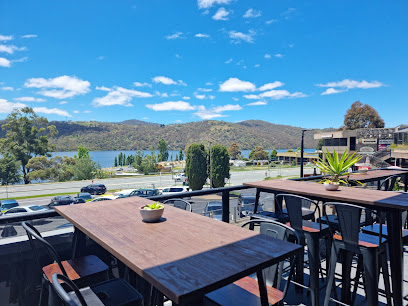
La Famiglia
Discover authentic Italian flavors at La Famiglia in Jindabyne – where every meal is crafted with love and tradition.
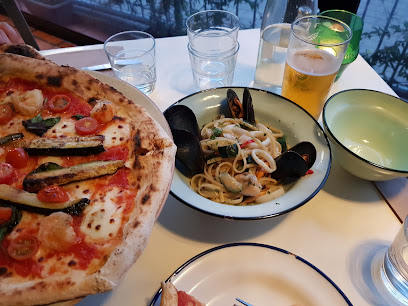
Miss Heidi's Tea House
Discover tranquility at Miss Heidi's Tea House - where exquisite teas meet breathtaking views in Cooma, NSW.
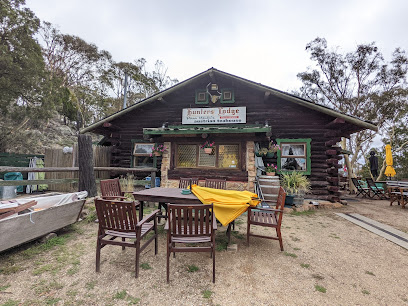
Candlelight Lodge
Experience warmth and comfort at Candlelight Lodge in Thredbo - your gateway to alpine adventures and culinary delights.

T Bar Restaurant
Experience the flavors of Thredbo at T Bar Restaurant - where local cuisine meets stunning mountain views.
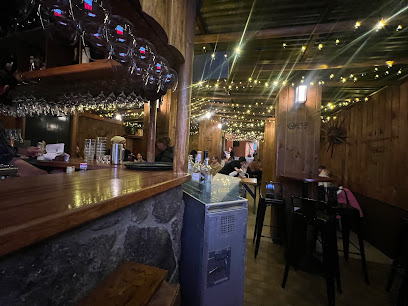
The Man From Snowy River Hotel
Experience alpine charm at The Man From Snowy River Hotel – your gateway to adventure in Perisher Valley's stunning landscapes.
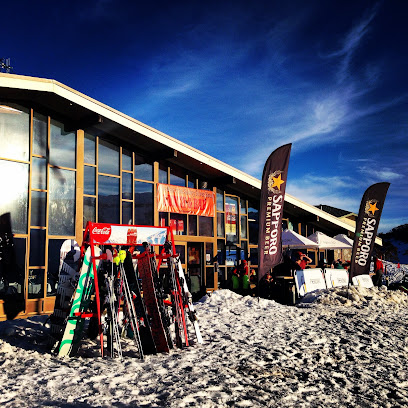
Bebita
Experience authentic Mexican cuisine at Bebita in Jindabyne - a must-visit destination for food lovers exploring New South Wales.

Cafe Darya
Experience authentic Persian cuisine at Cafe Darya in Jindabyne - where tradition meets taste amidst stunning mountain views.
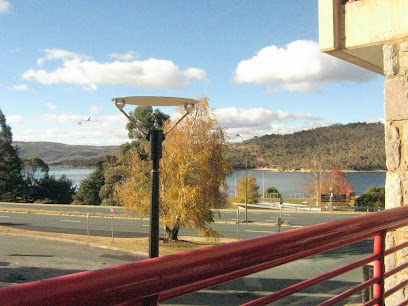
House of Ullr
Experience alpine hospitality at House of Ullr – your cozy retreat in Thredbo offering comfortable lodging and exquisite dining.

Markets, malls and hidden boutiques
Thredbo
Experience the breathtaking beauty and thrilling adventures of Thredbo, Australia's premier ski resort and year-round outdoor playground.
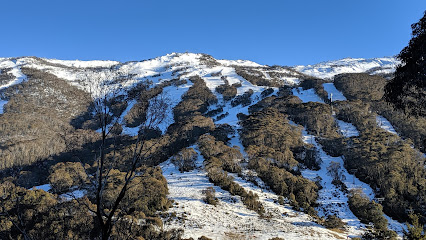
Kosciuszko National Park
Explore the breathtaking landscapes, diverse wildlife, and adventure-filled activities at Kosciuszko National Park in New South Wales.
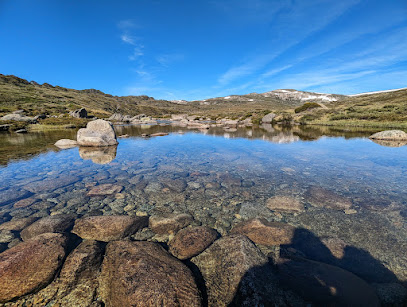
Nuggets Crossing Shopping Centre
Explore Nuggets Crossing Shopping Centre in Jindabyne for a unique shopping experience amidst stunning Snowy Mountains scenery, perfect for tourists and locals alike.
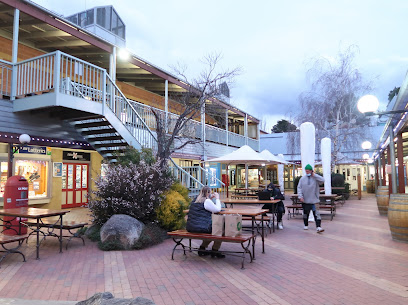
Snowy Hydro Discovery Centre and Cafe
Experience the Snowy Hydro Discovery Centre: An educational and culinary gem in the heart of the Snowy Mountains, perfect for curious travelers.
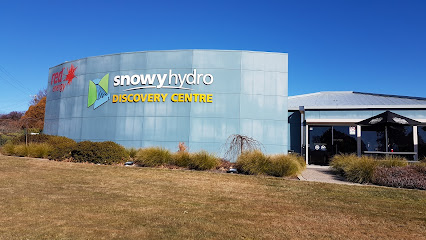
Woolworths Jindabyne
Discover the convenience of Woolworths Jindabyne, where fresh produce meets local products in a friendly supermarket atmosphere.
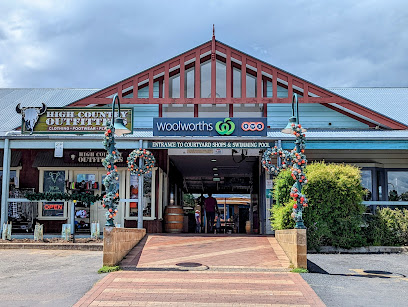
Mount Kosciuszko
Explore Mount Kosciuszko, Australia's highest peak, and embark on an unforgettable hiking adventure through stunning alpine landscapes and diverse wildlife.

Mount Kosciuszko Summit walk (nr. Charlotte Pass)
Experience the breathtaking beauty and adventure of Mount Kosciuszko Summit Walk in the iconic Kosciuszko National Park.
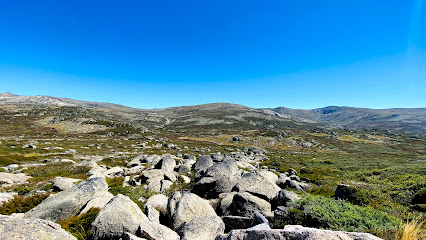
Yarrangobilly Caves Visitor Centre
Explore the breathtaking Yarrangobilly Caves Visitor Centre, your gateway to the stunning Kosciuszko National Park's natural wonders.
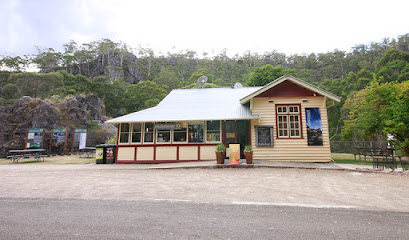
Sundance Bakehouse
Discover the flavors of Jindabyne at Sundance Bakehouse, where fresh-baked goods and artisanal coffee create a delightful culinary experience.
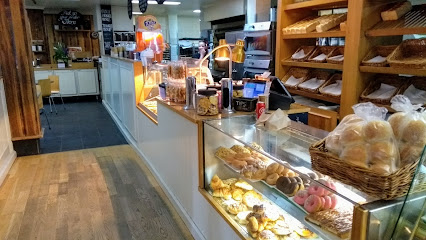
Boss Outdoor Sports Jindabyne
Explore the Snowy Mountains with Boss Outdoor Sports Jindabyne, your go-to for ski, bike, and kayak rentals in a stunning alpine setting.
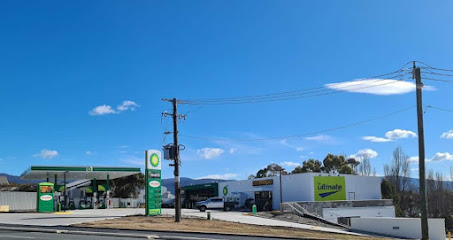
Scammells Ridge Lookout
Discover the breathtaking views at Scammells Ridge Lookout, a stunning destination in New South Wales’ Snowy Mountains, perfect for nature lovers and photographers.
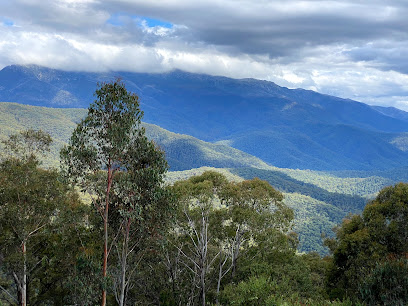
Kosciuszko lookout
Explore breathtaking vistas at Kosciuszko Lookout, a scenic gem in Kosciuszko National Park, offering unforgettable views of the Australian Alps.
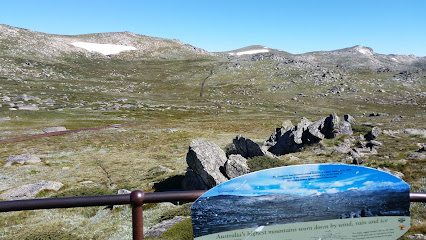
South Glory Cave
Discover the breathtaking beauty of South Glory Cave, an enchanting underground wonder in Yarrangobilly, New South Wales.

Birdsnest
Explore Birdsnest in Cooma for chic dresses and stylish clothing, blending comfort and modern trends in an eco-friendly boutique experience.

Banjo Paterson Park
Discover the beauty of Banjo Paterson Park in Jindabyne, where stunning landscapes and outdoor adventures await every traveler.

Essential bars & hidden hideouts
Banjo Paterson Inn
Discover Banjo Paterson Inn in Jindabyne - a cozy hotel and brewery offering comfort, local cuisine, and a vibrant pub atmosphere in stunning alpine surroundings.

Rydges Horizons Snowy Mountains
Discover the charm of Rydges Horizons Snowy Mountains, your ideal hotel and bar for unforgettable adventures in Jindabyne's stunning landscapes.

Wildbrumby Schnapps Distillery
Discover the art of schnapps making at Wildbrumby Distillery, where exquisite flavors meet stunning alpine vistas in Crackenback, NSW.
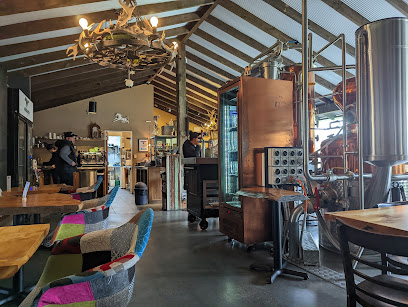
Jingellic Pub
Discover the heart of rural Australia at Jingellic Pub, where great food, cozy accommodations, and friendly locals await your visit.
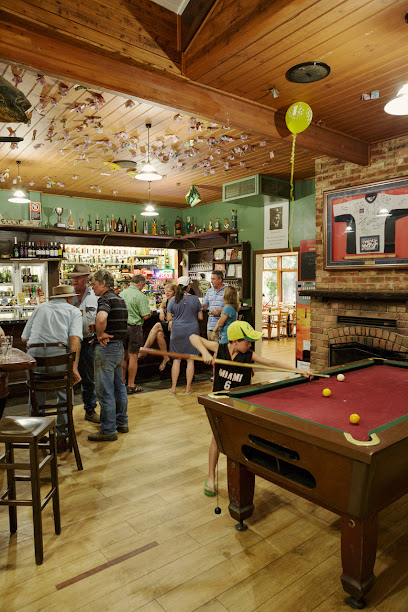
Cocina Taqueria
Experience the vibrant flavors of Mexico at Cocina Taqueria in Jindabyne, where delicious food meets live music in a lively bar setting.
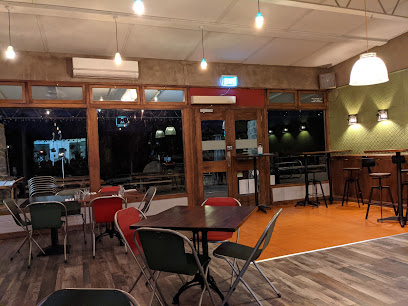
Brumby Bar & Grill
Experience the vibrant flavors of Australia at Brumby Bar & Grill, the perfect spot for dining and relaxation in Jindabyne.
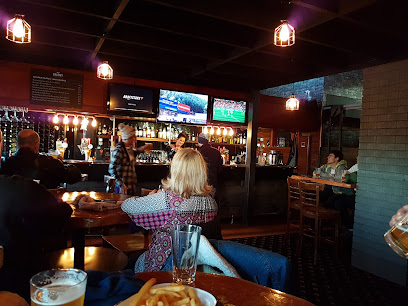
Candlelight Lodge
Experience the charm of Candlelight Lodge in Thredbo, where cozy accommodations meet delicious dining and vibrant bar culture in a stunning alpine setting.

Coffey's Hotel
Discover the warm hospitality of Coffey's Hotel, a cozy pub in Cooma offering delicious meals and a friendly atmosphere for all travelers.

T Bar Restaurant
Discover the flavors of Thredbo at T Bar Restaurant, where cozy ambiance meets exceptional local cuisine and fine drinks.
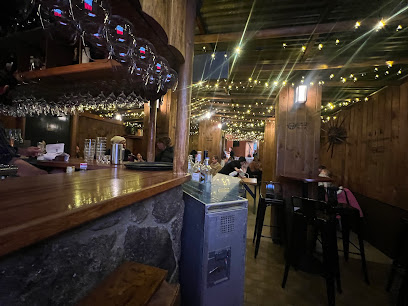
The Man From Snowy River Hotel
Experience the charm of The Man From Snowy River Hotel, a perfect blend of adventure and relaxation in the heart of Perisher Valley, Snowy Mountains.
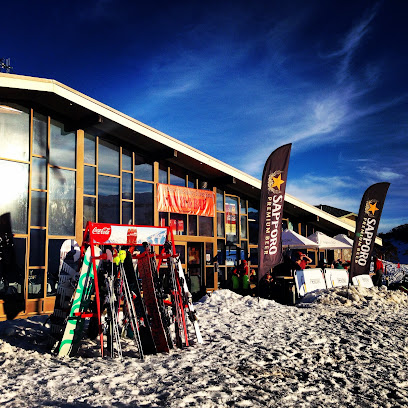
House of Ullr
Experience the best of Thredbo at House of Ullr, where delicious local cuisine meets cozy accommodation in a breathtaking alpine setting.

Kosciuszko Brewing Company
Discover the essence of Australian craft beer at Kosciuszko Brewing Company in Jindabyne, where quality brews meet stunning mountain views.
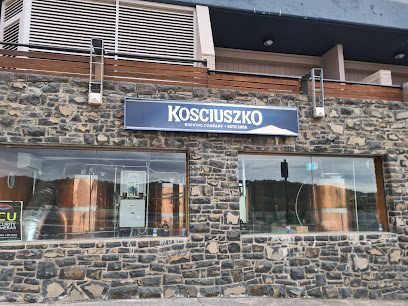
Avalanche Cafe
Discover the warm and inviting atmosphere of Avalanche Cafe in Thredbo, famous for its delicious pies and energizing coffee amidst stunning alpine vistas.
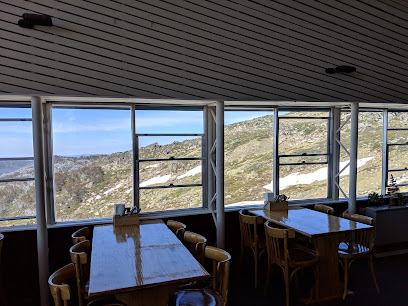
Friday Flat, Bar & Bistro
Unwind at Friday Flat, Bar & Bistro, a cozy retreat in Thredbo offering delicious food, drinks, and stunning mountain views.
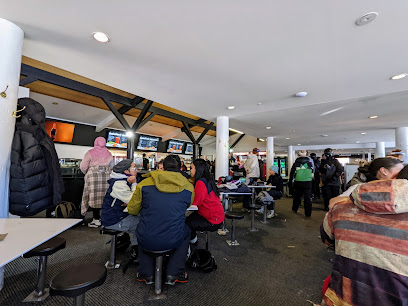
Snowy Gums
Experience the warmth and charm of Snowy Gums, a cozy hotel and bar & grill in Smiggin Holes, perfect for snow lovers and adventure seekers.

Local Phrases about Kosciuszko National Park
-
- HelloG'day
[g'day] - GoodbyeSee ya
[see ya] - YesYeah
[yeah] - NoNah
[nah] - Please/You're welcomePlease/Ta
[please/ta] - Thank youCheers
[cheers] - Excuse me/SorrySorry
[sorry] - How are you?How ya goin'?
[how ya goin'] - Fine. And you?Good. And you?
[good. and you?] - Do you speak English?Speak English?
[speak english?] - I don't understandI'm lost
[i'm lost]
- HelloG'day
-
- I'd like to see the menu, pleaseMenu, please
[menu, please] - I don't eat meatNo meat
[no meat] - Cheers!Cheers!
[cheers!] - I would like to pay, pleaseBill, please
[bill, please]
- I'd like to see the menu, pleaseMenu, please
-
- Help!Help!
[help!] - Go away!Go away!
[go away!] - Call the Police!Police!
[police!] - Call a doctor!Doctor!
[doctor!] - I'm lostLost
[lost] - I'm illSick
[sick]
- Help!Help!
-
- I'd like to buy...I buy...
[i buy...] - I'm just lookingJust looking
[just looking] - How much is it?How much?
[how much?] - That's too expensiveExpensive
[expensive] - Can you lower the price?Lower price?
[lower price?]
- I'd like to buy...I buy...
-
- What time is it?What time?
[what time?] - It's one o'clockOne o'clock
[one o'clock] - Half past (10)Half past ten
[half past ten] - MorningMorning
[morning] - AfternoonArvo
[arvo] - EveningEvening
[evening] - YesterdayYesterday
[yesterday] - TodayToday
[today] - TomorrowTomorrow
[tomorrow] - 1One
[one] - 2Two
[two] - 3Three
[three] - 4Four
[four] - 5Five
[five] - 6Six
[six] - 7Seven
[seven] - 8Eight
[eight] - 9Nine
[nine] - 10Ten
[ten]
- What time is it?What time?
-
- Where's a/the...?Where's the...?
[where's the...?] - What's the address?Address?
[address?] - Can you show me (on the map)?Show me
[show me] - When's the next (bus)?Next bus?
[next bus?] - A ticket (to ....)Ticket
[ticket]
- Where's a/the...?Where's the...?
History of Kosciuszko National Park
-
Kosciuszko National Park is rich in Indigenous heritage, with the Ngarigo people being the traditional custodians of the land. The park's landscape holds significant cultural value, featuring ceremonial sites, rock art, and ancient pathways. These elements highlight the deep connection between the Ngarigo people and the natural environment, which has been sustained for thousands of years.
-
The first recorded European exploration of the area was by Polish explorer Strzelecki in 1840. He named the highest peak in Australia 'Mount Kosciuszko' in honor of the Polish and American national hero, General Tadeusz Kościuszko. Strzelecki's exploration contributed to the mapping and understanding of the Australian Alps.
-
The discovery of gold in the 1860s brought a wave of prospectors to the region, particularly around Kiandra. The influx of miners led to the establishment of a short-lived but bustling gold mining town. Remnants of this era, including old mining equipment and structures, can still be found within the park.
-
Kiandra also holds the distinction of being the birthplace of skiing in Australia. In 1861, Norwegian miners introduced skiing to the area, making it one of the earliest ski resorts in the world. This laid the foundation for the development of winter sports in the Australian Alps.
-
The Snowy Mountains Hydro-Electric Scheme, initiated in 1949, is one of Australia's most significant engineering achievements. This massive project involved the construction of dams, tunnels, and power stations to generate hydroelectric power and provide irrigation. The scheme transformed the region's landscape and played a crucial role in post-war Australia's economic development.
-
Kosciuszko National Park was officially declared in 1944, recognizing the need to preserve its unique natural beauty and biodiversity. The park encompasses diverse ecosystems, including alpine meadows, forests, and wetlands, making it a vital area for conservation and recreation.
-
The park hosts various cultural festivals and events that celebrate its rich history and diverse heritage. Notable events include the Thredbo Blues Festival, showcasing music and arts, and the Snowy Ride, a motorcycle event supporting cancer research. These festivals draw visitors from around the country and highlight the park's vibrant cultural scene.
Kosciuszko National Park Essentials
-
Kosciuszko National Park is located in New South Wales, Australia. The nearest major airports are Canberra Airport (approximately 2 hours' drive) and Sydney Airport (around 5 hours' drive). From these airports, you can rent a car, take a bus, or book a shuttle service to the park. During the winter ski season, additional bus services operate from Canberra and Sydney directly to the Snowy Mountains region.
-
The best way to get around Kosciuszko National Park is by car. There are several car rental agencies in nearby towns such as Jindabyne, Cooma, and Thredbo. During the winter season, snow chains are mandatory for 2WD vehicles and can be hired locally. For those without a car, there are shuttle bus services that operate within the park, especially to popular destinations like Thredbo and Perisher. Cycling and hiking are also great ways to explore the park, with numerous trails available.
-
The official currency in Australia is the Australian Dollar (AUD). Credit and debit cards are widely accepted, but it’s advisable to carry some cash for smaller establishments or in remote areas where card facilities might be limited. ATMs are available in larger towns like Jindabyne and Thredbo. Make sure to inform your bank of your travel plans to avoid any issues with your cards.
-
Kosciuszko National Park is generally a safe destination for tourists. However, it’s important to take standard precautions such as securing your belongings and not leaving valuables in your car. Wildlife can be encountered in the park, so maintain a safe distance and don’t feed the animals. During winter, be aware of weather conditions and follow safety guidelines for snow sports. There are no specific high-crime areas targeting tourists, but always stay vigilant and aware of your surroundings.
-
In case of an emergency, dial 000 for police, fire, or medical assistance. The nearest hospitals are in Cooma and Canberra. For minor injuries or illnesses, there are medical centers in Jindabyne and Thredbo. It is advisable to have travel insurance that covers medical emergencies and outdoor activities. For weather updates and park alerts, consult the National Parks and Wildlife Service (NPWS) website or local visitor centers.
-
Fashion: Do wear layers and be prepared for changing weather conditions, especially in the mountains. Don’t forget sun protection, even in winter. Religion: There are no significant religious customs to be aware of in the park, but always show respect if visiting cultural heritage sites. Public Transport: Do check schedules in advance, as services may be limited. Don’t eat or drink on public transport. Greetings: Australians are generally informal; a simple 'hello' or 'hi' is sufficient. Eating & Drinking: Do try local cuisine and be friendly with staff. Don’t litter; always use designated bins.
-
To experience Kosciuszko National Park like a local, visit during the autumn or spring for fewer crowds and stunning natural scenery. Take a dip in the natural thermal pools at Yarrangobilly Caves. Join a guided tour to learn about the park's history and ecology. For a unique experience, try mountain biking or horse riding. Don’t miss the sunrise or sunset from the summit of Mount Kosciuszko, Australia’s highest peak.
Trending Landmarks in Kosciuszko National Park
-
Thredbo
-
Kosciuszko Chairlift
-
Mt Kosciuszko
-
Yarrangobilly Caves Thermal Pool
-
Mount Kosciuszko
-
Mount Kosciuszko Summit walk (nr. Charlotte Pass)
-
Yarrangobilly Caves Visitor Centre
-
Kosciuszko Tourist Park
-
Scammells Ridge Lookout
-
Thredbo Diggings campground
-
Kosciuszko lookout
-
South Glory Cave
-
Pender Lea / Thredbo Valley Horse Risding
-
Banjo Paterson Park
-
Kosciuszko Brewing Company
Nearby Cities to Kosciuszko National Park
-
Things To Do in Melbourne
-
Things To Do in Sydney
-
Things To Do in Hobart
-
Things To Do in Adelaide
-
Things To Do in Kangaroo Island
-
Things To Do in Byron Bay
-
Things To Do in Gold Coast
-
Things To Do in Surfers Paradise
-
Things To Do in Brisbane
-
Things To Do in Noosa
-
Things To Do in Airlie Beach
-
Things To Do in The Whitsundays
-
Things To Do in Queenstown
-
Things To Do in Wanaka
-
Things To Do in Alice Springs

